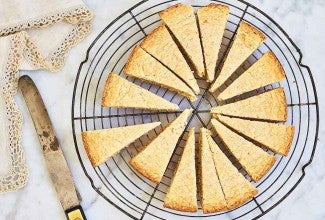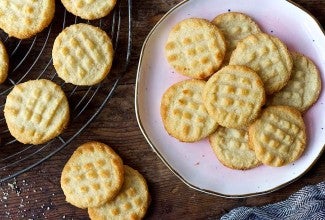-
Preheat the oven to 300°F. Lightly grease two round 8" cake pans. If you worry about the shortbread possibly sticking in your particular pans, line them with parchment, and grease the parchment.
-
In a medium-sized bowl, beat together the butter, sugar, vanilla, and almond extract, then mix in the flour. The dough may seem a little dry at first; keep mixing until it comes together. If it absolutely won't come together, dribble in up to 1 tablespoon of water, until it does. This is a stiff dough.
-
Divide the dough in half (if you have a scale, each half will weigh about 300g), and press each half into one of the prepared pans, smoothing the surface with your fingers, or with a mini rolling pin. If you're having trouble pressing the shortbread flat in the pan because it's sticking to your fingers, cover it with a piece of plastic wrap, and push on the wrap.
-
Remove the wrap if you've used it, and then use a fork to prick the dough all over; this allows any steam to escape, and prevents the shortbread from bubbling as it bakes. Prick ("dock") the dough in a random pattern (though it does look nicer pricked with some kind of symmetry).
-
Bake the shortbread until it's a light golden brown across the top surface and a deeper golden brown around the edges, about 50 to 55 minutes.
-
Remove it from the oven and immediately turn each shortbread round out onto a clean work surface.
-
Using a pizza wheel or sharp knife, cut each round into 12 wedges. (Do this while the shortbread is still warm; if you wait until it's cool it won't cut easily.) Transfer the shortbread wedges to a rack to cool.
-
Serve as is, or take the cookies up a level. Drizzle them with melted caramel; or spread with melted chocolate, and sprinkle with nuts. Or try this: Set aside two shortbread wedges, and spread the remainder of the wedges with a thick layer of jam or preserves. Crumble the reserved wedges and sprinkle the crumbs lightly over the jam.
-
Store shortbread, well wrapped, at room temperature for several days; freeze for longer storage.
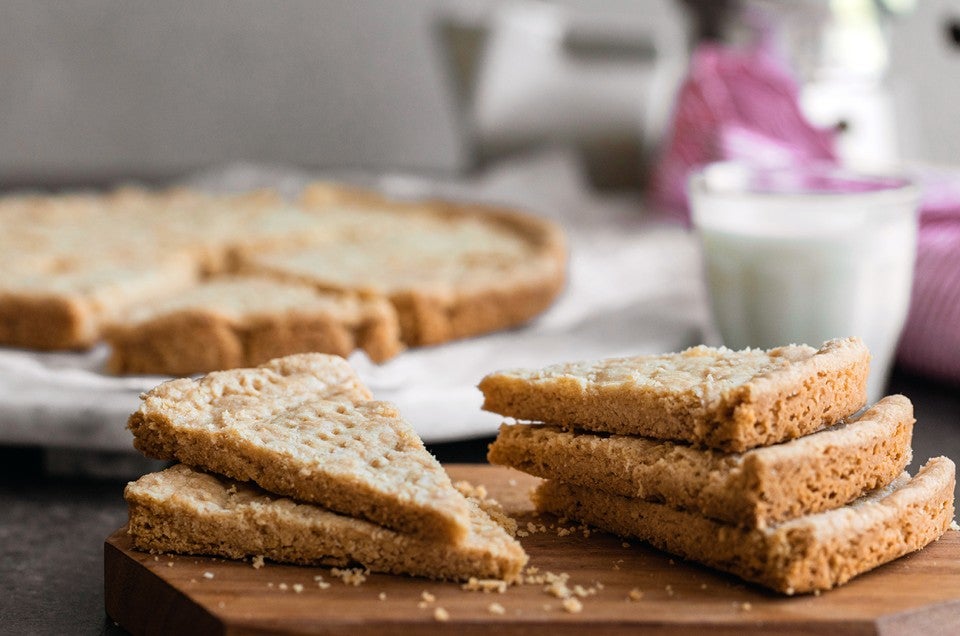

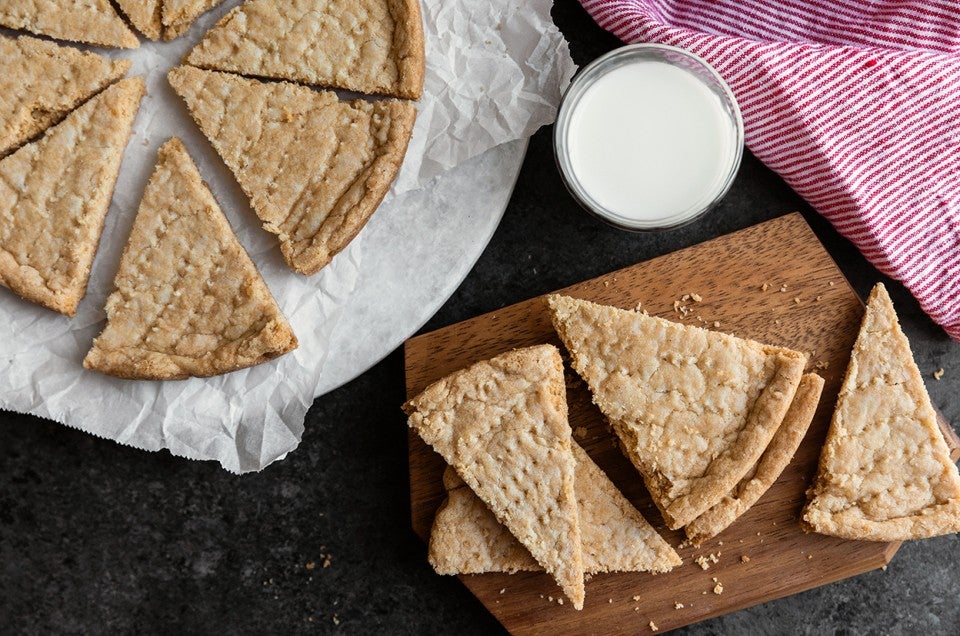


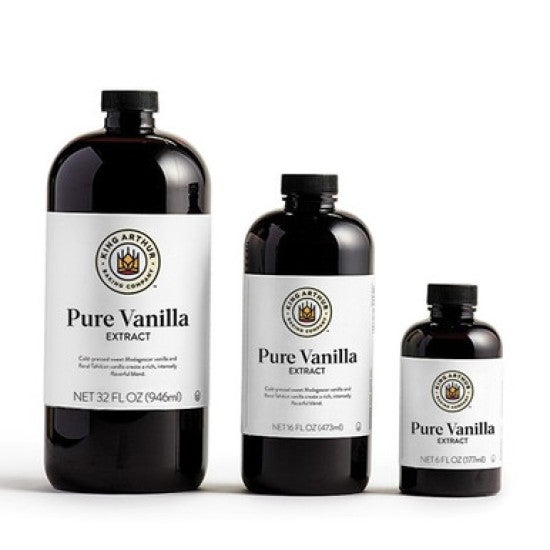
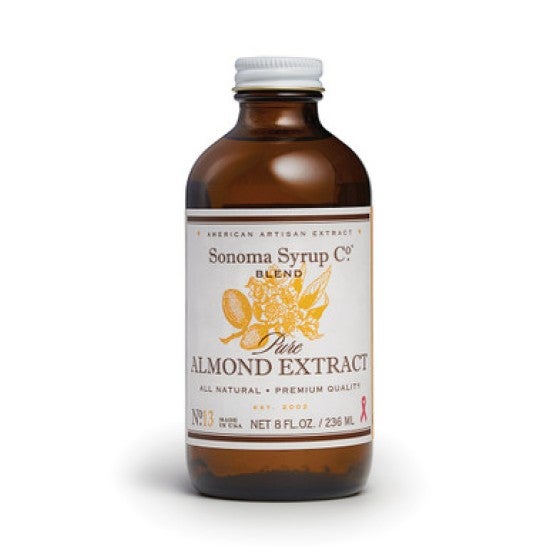
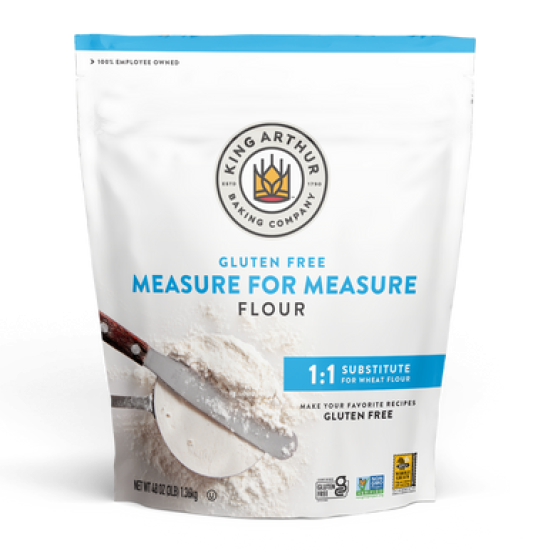
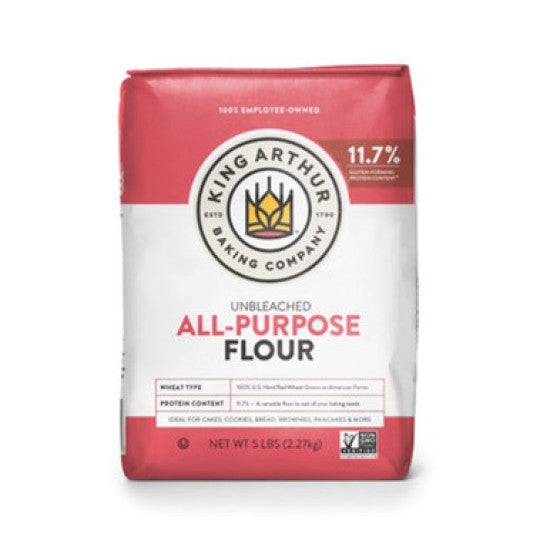
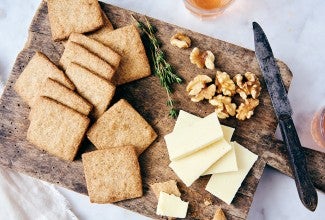
.jpg?itok=C4RLjSbx)
